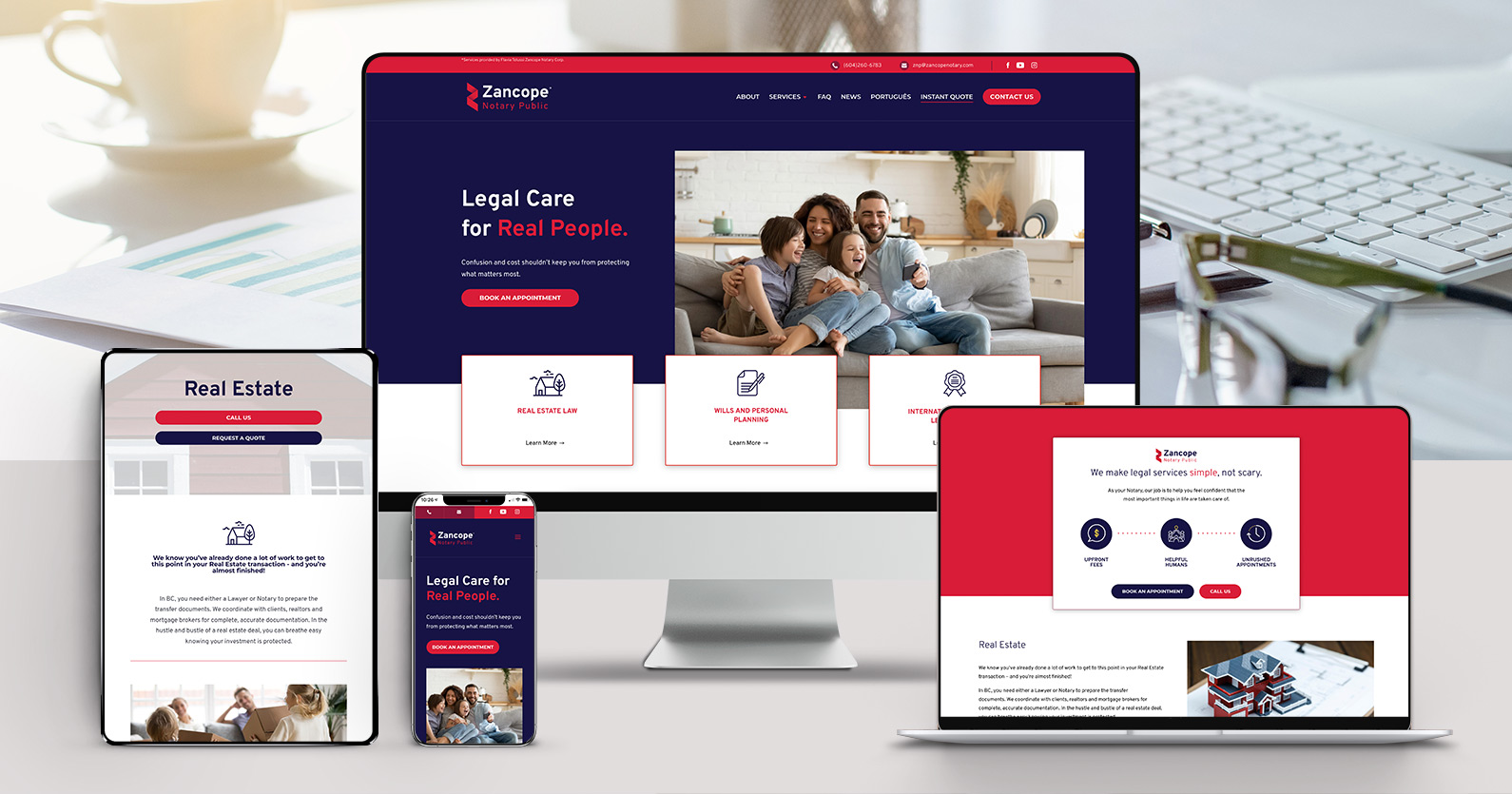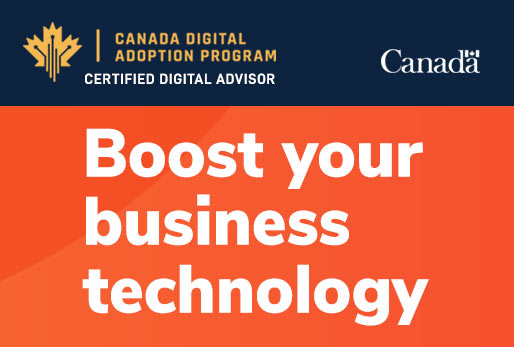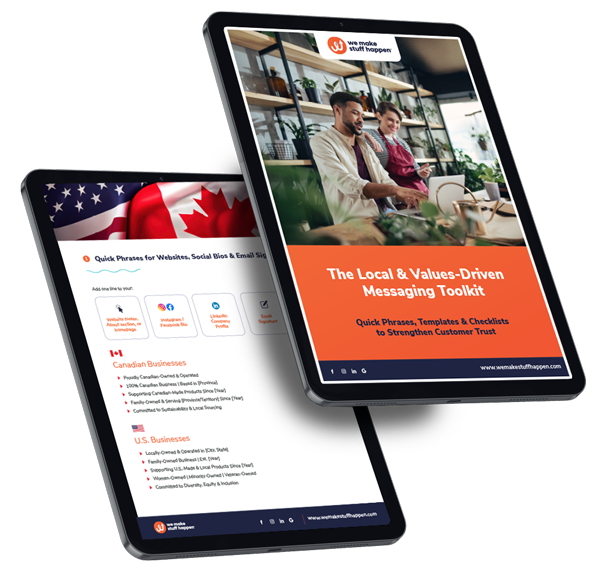Simple Ways Your Small Business Can Benefit From Digital Marketing

So, there you are, stuck at your desk, wondering if digital marketing will work for your business. You’ve thrown tons of money down the drain on traditional marketing but don’t feel like it paid off. You’ve heard all the buzz about digital marketing and think it’s time to wade into that pond. But how do you know if digital marketing will work for you?
Digital marketing can work for any business, with any buyer persona, in any industry or market. But that doesn’t mean that a mobile pet grooming service should implement a digital marketing strategy like a mass timber business. The key to success is developing a digital marketing strategy that attracts and converts your ideal client into a satisfied, paying customer.
So, let’s dig in on some strategies that can make digital marketing work for your business.
Your Website: The Foundation of it All
No matter what business you’re in, the foundation for any digital marketing strategy should be your website. Today’s potential buyer usually checks out your business website as a first step in evaluating your product/services. It’s your chance to make a great first impression on your future client. Potential customers use websites to find out more about your business, what you offer, and use that information to make a purchasing decision.

While it’s tempting to rely on social media as the foundation of your digital marketing strategy, remember the Facebook outage of 2021? The fourteen-hour outage had a significant impact on businesses that relied on social media to generate sales. And it also impacted traffic and sales on Instagram, Facebook Messenger, and WhatsApp. Small businesses to medium-sized businesses lost real money – anywhere from a few hundred to tens of thousands of dollars. Over 3.5 billion people were effectively cut off from social media over the course of the outage.
And, if, for some reason, the all-powerful social media bots shut your account down for an alleged violation, you can lose your account – with all your followers – and it can take weeks to get it back. Information access to your customer base – your followers – is owned by the social media platform, not you. With a website, you own any customer or subscriber data that you acquire.
So, while social media can be a powerful tool for marketing your business, your website is the most important place to drive traffic.
What is B2B Marketing?
B2B marketing is a clever little term for one business marketing to another business to complete a commercial transaction. This type of marketing typically happens when a company is sourcing materials for their product/service or when a supplier is providing the materials for production.

The goal with B2B Marketing is to find high-quality leads who require your product and will purchase online or contact your sales department (even if the sales department is you!)
To achieve that goal, you should focus on attracting and converting high-quality leads via your website and digital channels. You would also focus less on generating a vast mailing list with freebies and which can accelerate your buyer’s journey. You want your digital marketing strategy to take your potential customer from a general interest in your business to “ready-to-purchase” in the fewest number of steps possible.
To achieve this, you need to have a professional, welcoming website that summarizes your product/service offerings. It’s essential to provide enough information to assist the customer in their buying decision, but not so much information that they’re overwhelmed and click away to one of your competitors.
You will also need to create a social media strategy by identifying where your ideal client hangs out online. Here are some statistics to help you find your clients:
- LinkedIn has over 740 million users worldwide. One hundred ninety-four million of those users are from North America, and 57% of those users are male. LinkedIn has a unique dynamic because 4 out of 5 users are decision-makers within their companies.
- 69% of Americans use Facebook, and the most significant demographic is the 25-35 age group. Facebook is unique because it will automatically help you find your target audience by using the information (age, gender, etc.) from your current business page users to find others who fit their demographic.
- If you’re looking for a large, younger audience, Instagram is the place for you. 62% of all users are between 18-34 years of age. Instagram has over 2 billion engaged monthly users.
- Young female adults tend to use TikTok the most. 57% of users are female, and 43% are male. Among all users, 43% are aged 18-24, and 32% are aged 25-34. Only 3.4% of TikTok users are over the age of 55.
While having a digital strategy on several key social media platforms is okay, different buyer personas typically spend more time on one platform than the others. Develop your primary strategy about where your ideal buyer is online and tweak your strategy as needed for other platforms where you want to establish a presence.
What is B2C Digital Marketing?
B2C marketing is a simple acronym for Business to Consumer Marketing. The general target for this kind of marketing is, well, everyone. Of course, you’ll want to dial in your digital marketing strategy to target the people most likely to be interested in your product or service. Still, everyone who purchases anything for personal use or consumption falls under the B2C marketing umbrella.

The main objective of B2C digital marketing is to attract your buyers to your website, where they will make a purchase without the help of a salesperson. This is why your website is vital – getting your clients the information they need regarding your product or service and pricing will enable them to make informed decisions and purchase from you!
Your digital marketing strategy should utilize your website to both attract leads and build an accelerated buyer’s journey. The buyer’s journey is the framework of the buyer’s progression from beginning to end. Unfortunately, sometimes marketing content focuses only on the result – selling a product or service. But by following the path of your buyer in your digital marketing strategy, you can draw your ideal client in sooner and help them buy from you.
For B2C marketing, you should highlight product/service features in your content a little higher up in your marketing funnel than you would for B2B digital marketing and include a stronger call to action.
Create Your Digital Marketing Content
Digital marketing content should be created around your ideal clients’ needs at different points along the buyer’s journey.

Start by creating your buyer persona to identify the challenges and goals of your target audience. You’ll want to identify the possible pain points that your ideal client will be experiencing. A pain point is a specific or recurring issue that a person may face.
Then, create core digital marketing collateral that informs buyers how your products/services address their pain points and needs. The problem they’re trying to solve can be used to create relatable content for your digital marketing channels such as email, social media, blog posts, infographics, etc.
You want your business to succeed and so do we! We can help you assess your current digital marketing and develop a strategy to achieve your business goals. Our business is helping your business to succeed.
Schedule a Coffee With Jonathan BOOK A COFFEE
BOOK A COFFEE 








